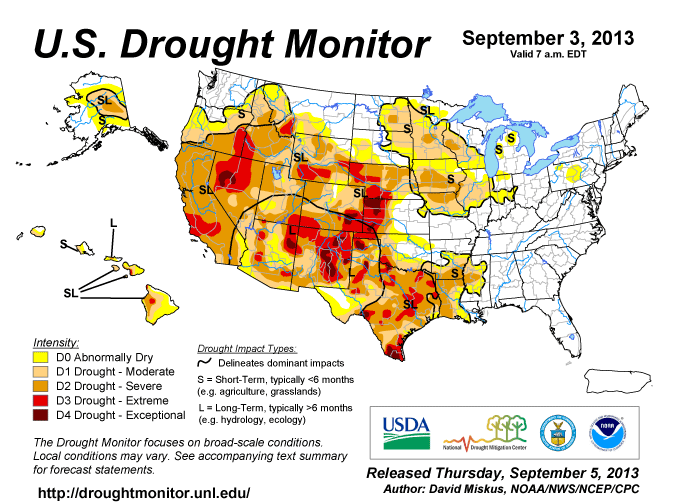By Michelle Proctor, Senior Information Specialist, and Pat Guinan, Extension/State Climatologist, University of Missouri
Pat Guinan, University of Missouri Extension climatologist with the Commercial Agriculture Program, encourages people to use the Drought Impact Reporter (DIR) as a way to inform decision makers of drought related impacts experienced across their state. The National Drought Mitigation Center (NDMC) in Lincoln, Nebraska has rolled out newer versions of the online tool over the past few years.
“By contributing information via http://droughtreporter.unl.edu/, we can provide additional impact reports to the Drought Monitor authors, who will then use the information in their weekly drought depiction process,” said Guinan. Continue reading


